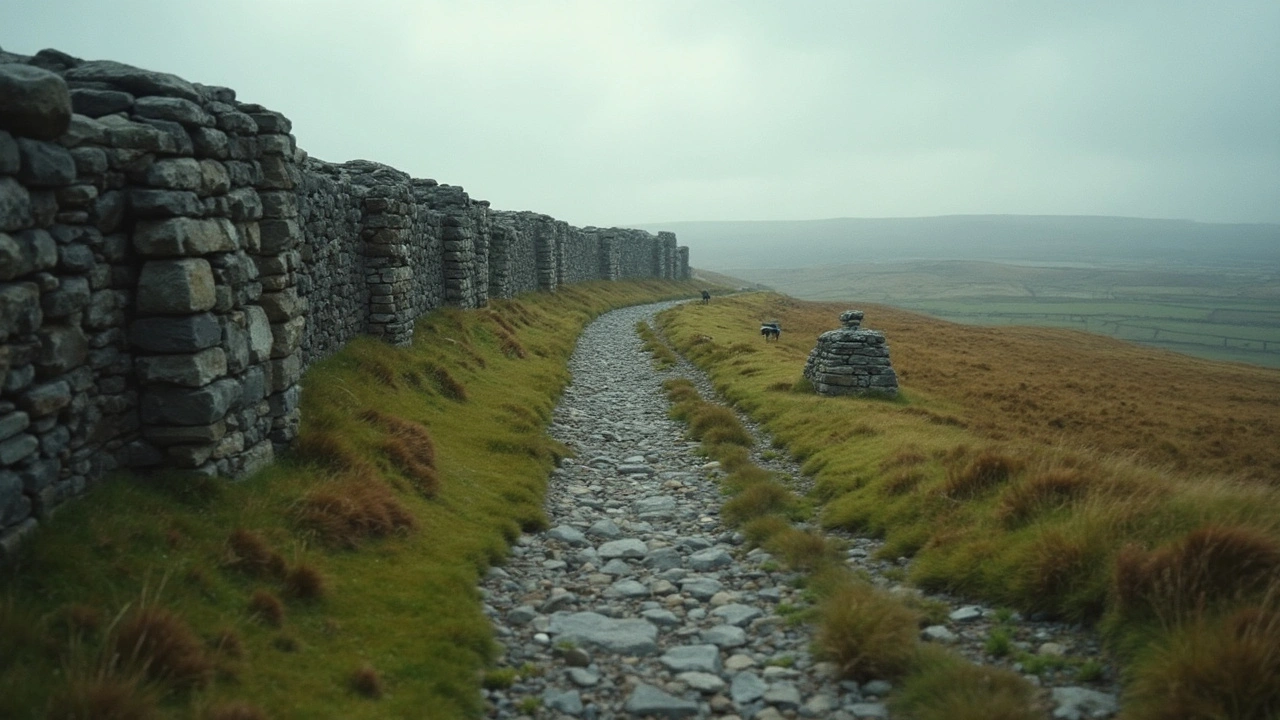Colosseum and Pantheon: What Makes These Roman Giants So Fascinating
If you ever picture ancient Rome, chances are you picture the massive stone rings of the Colosseum and the smooth dome of the Pantheon. Both buildings are over 1,900 years old, yet they still draw millions of visitors each year. Why? They’re more than pretty ruins – they’re engineering marvels that changed how we build.
The Colosseum, officially the Flavian Amphitheatre, began under Emperor Vespasian in AD 72 and finished under his son Titus. It could hold 50,000 to 80,000 spectators, all watching gladiators, animal hunts, and mock sea battles. Its secret? A clever system of arches and concrete that spread weight evenly, letting the structure stand tall without massive stone blocks.
The Pantheon, finished around AD 125 by Emperor Hadrian, is famous for its huge dome—still the world’s largest unreinforced concrete dome. At the center sits a 27‑foot‑wide oculus, a perfect opening that lets sunlight stream in and creates a dramatic shifting light show throughout the day.
Design Tricks That Still Influence Modern Architecture
Both monuments use concrete in ways that were revolutionary. The Romans mixed volcanic ash (pozzolana) with lime and water, creating a mix that got stronger over time. That same formula helps modern engineers design sustainable, low‑carbon concrete.
The Colosseium’s layered arches act like a giant spine. Today, architects copy that ribbed approach for stadiums, bridges, and even tall office towers. The Pantheon’s dome uses a series of coffers—sunken panels—that cut down weight without sacrificing strength. Those coffers are a visual cue you’ll find in many neoclassical buildings, from U.S. Capitol domes to luxury hotels.
Visitor Tips: Seeing the Colosseum and Pantheon Like a Pro
Go early, especially in summer. The first entry slot (usually before 9 am) gives you a quieter experience and better light for photos. For the Colosseum, book a combined ticket that includes the underground chambers and the upper tier; the view from the top tells you why the Romans called it the “Colossus of Rome.”
At the Pantheon, arrive just before noon to catch the sun pouring through the oculus. Bring a small bottle of water—inside it can get warm. Remember to respect the space; the Pantheon is still an active church, so keep voices low.
Both sites are free to explore on certain days (often the first Sunday of the month). Check the official sites before you travel, because schedules shift.
Bottom line: The Colosseum and Pantheon aren’t just tourist stops. They’re classrooms of stone, showing how clever design, bold experiments, and a love for spectacle can create works that survive millennia. Next time you walk through Rome, pause and think about the thousands of hands that lifted each stone and the centuries of eyes that have gazed up at that same dome. You’ll see the city with fresh appreciation—and maybe pick up a design idea for your own project.

Ancient Roman Architecture: Power, Prestige, and Engineering That Built an Empire
How Rome used architecture to project power and solve real problems. Learn the tech, the symbols, and how to read Roman buildings in minutes.
Read more